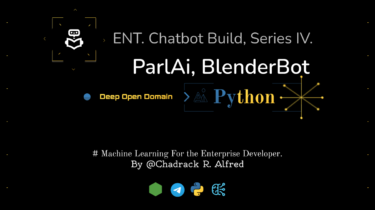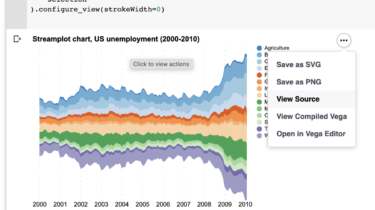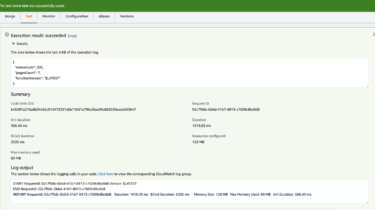The Reverse Mindset for Sustainable Success
Last weekend, I visited my favorite city in Japan, Kyoto. The opportunity came with an invitation to a friend’s wedding. I felt incredibly privileged and grateful to visit Kyoto at such times when there were significantly fewer flocks of tourists. I sat on the wooden floor of Kiyomizudera(Kiyomizu Temple) and enjoyed the present moment with
Read more







